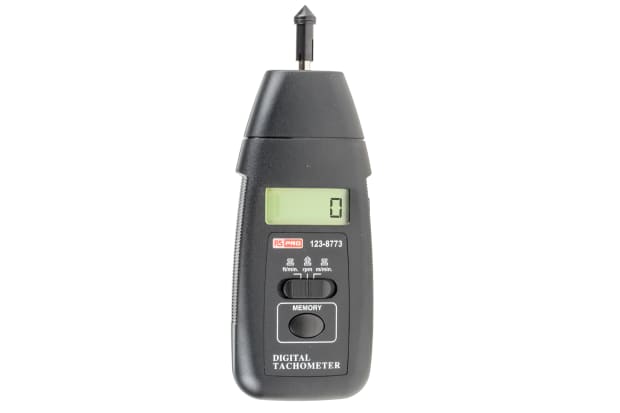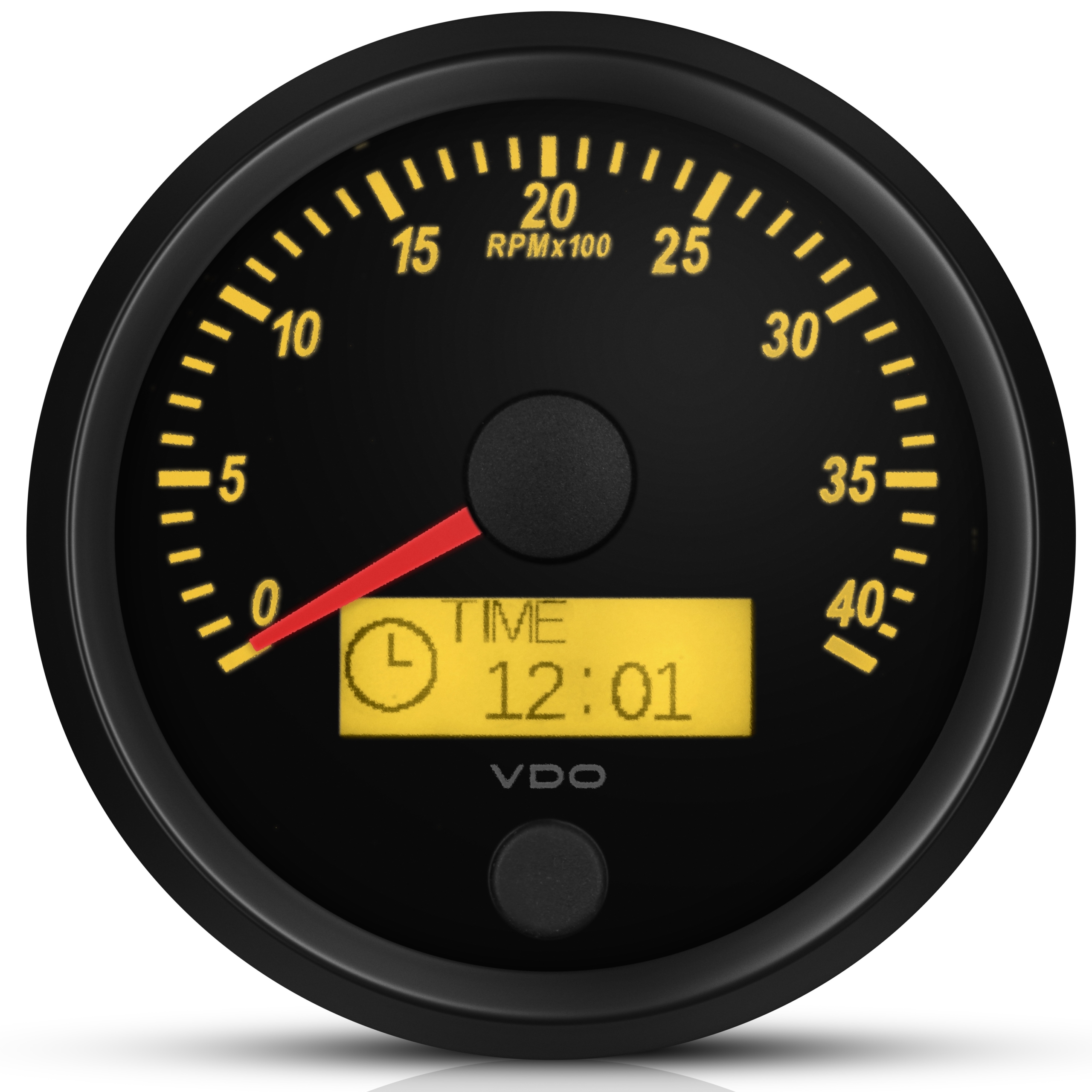How a Tachometer Helps Monitor Engine Health and Efficiency
How a Tachometer Helps Monitor Engine Health and Efficiency
Blog Article
The Significance of a Tachometer in Keeping Track Of Engine Speed and Performance in Automotive Applications
In the realm of vehicle design, the tachometer stands as a crucial tool in the motorist's collection, providing a straight home window right into the internal functions of a car's engine. Beyond its feature as a simple scale of changes per min (RPM), the tachometer offers as a crucial tool for enthusiasts and professionals alike, providing real-time insights into engine performance and health.
Importance of Keeping An Eye On Engine RPM
Monitoring engine RPM, or revolutions per min, is a critical aspect of automotive upkeep and efficiency analysis. Engine RPM straight associates with the speed at which the engine's crankshaft rotates, indicating how promptly the engine is running - tachometer. By checking RPM, technicians can examine the health and wellness of the engine, discover prospective issues, and fine-tune efficiency. An uncommon RPM analysis may signal problems such as engine misfires, malfunctioning ignition system, or problems with the fuel distribution system. Constantly high RPM readings might indicate hostile driving practices or the need for a greater gear shift to boost fuel performance.
Additionally, monitoring engine RPM is essential for performance examination in racing and high-performance automobiles. In recap, keeping an eye on engine RPM is not only essential for finding problems however also for optimizing engine performance in various vehicle applications.

Benefits of Real-Time Data
In automobile applications, real-time information plays an essential duty in giving instant understandings into the efficiency and problem of the automobile. By continually checking various parameters such as engine rate, temperature, fuel usage, and more, real-time information supplies numerous benefits that contribute to enhanced performance and safety and security when driving.
In addition, real-time information facilitates performance optimization by providing immediate comments on driving habits and engine efficiency. Chauffeurs can change their behavior in real-time based on this info to achieve far better fuel economic climate and extend the lifespan of their vehicle.

Furthermore, real-time data plays a crucial duty in modern-day automotive diagnostics, enabling specialists to promptly detect and resolve breakdowns. This leads to lowered downtime, lower upkeep prices, and inevitably, improved general lorry reliability and longevity (tachometer). By using the power of real-time data, automotive stakeholders can make informed decisions that favorably influence both the efficiency and long life of the car
Effect On Equipment Shifts
The tachometer plays a crucial duty in maximizing equipment shifts by supplying real-time engine rate information to the driver. When approaching the redline on the tachometer, it signals the motorist to upshift to prevent over-revving the engine and creating possible damage.
In addition, the tachometer help in achieving smoother gear shifts, particularly in hand-operated transmissions. By keeping an eye on engine rate, chauffeurs can carry out equipment shifts at the optimal RPM range, minimizing jerking movements and lessening endure the transmission parts. This precision in equipment modifications not only boosts driving comfort but likewise contributes to fuel performance.
Enhancing Gas Effectiveness
Given the important duty the tachometer plays in maximizing gear shifts for performance and engine wellness, it straight contributes to taking full advantage of gas efficiency in vehicle applications. By providing real-time More Info comments on engine rate, the tachometer assists motorists in keeping the most reliable RPM range for gas economic situation. When drivers consistently check the tachometer and change their motoring routines accordingly, they can stay clear of unneeded fuel usage triggered by over-revving or lugging the engine.
Additionally, the tachometer helps drivers recognize one of the most fuel-efficient gear to be in at any kind of given moment, stopping the engine from functioning tougher than required. This is specifically crucial throughout acceleration and travelling, where being in the right equipment can substantially influence fuel efficiency. Additionally, the tachometer can signal vehicle drivers to potential mechanical concerns that could be negatively affecting gas economic situation, such as a sliding clutch or a blocked air filter. Finally, the tachometer acts as a beneficial tool in enhancing fuel performance by advertising ideal driving behaviors and recognizing areas for renovation in the lorry's performance.

Making Best Use Of Engine Durability
The tachometer's function in checking engine rate and efficiency is crucial in ensuring the longevity of vehicle engines. By making use of the tachometer efficiently, vehicle drivers can optimize engine durability with mindful RPM monitoring. Regularly revving an engine too high can bring about excessive wear and tear on critical elements, such as the pistons, shutoffs, and bearings. Over time, this can lead to reduced engine efficiency and potential malfunctions. Checking the tachometer allows drivers to stay within the recommended RPM range for their car, stopping unnecessary strain on the engine and prolonging its life-span.

Verdict
In conclusion, the tachometer plays an important duty in monitoring engine speed and efficiency in automotive applications. By offering real-time data on RPM, it permits reliable equipment shifts, enhanced gas performance, and optimized engine web durability. This tool is crucial for maintaining optimal engine performance and guaranteeing the total functionality of a car.
Report this page